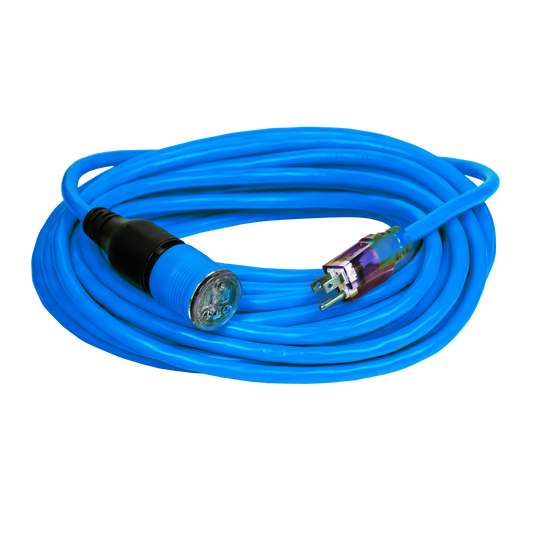
A typical 120-volt outlet, often found in the United States, you will see two vertical slots and one round hole that is below and centered between the two vertical slots.
In most cases, the left slot is slightly longer or larger than the right slot. The left slot is known as “neutral” and the right slot if known as “hot”. The hole that is below them is called “ground..
The prongs on a 2 or 3 prong plug are able to fit into these outlet slots. In this type of house outlet, the appliance or device that is plugged into the outlet will complete the circuit from the hot slot to the neutral slot, therefore, allowing electricity to flow through the electrical device.
Appliances that are designed with a metal case, such as a toaster oven, will include a third prong on its plug. This third prong will prevent you from being electrocuted by the metal case in the event that the device malfunctions internally. For your computer. The idea behind grounding is to protect those who use metal-encased appliances from electric shock. The metal casing of these appliances is directly connected to the ground prong.
In the event that a wire becomes loose inside of an ungrounded metal case and the loose wire touches the metal case, the metal case will become hot as the loose wire becomes hot. When this happens, any person that touches the appliance will be at risk of being shocked.
On the other hand, if the case is grounded, the electricity from the hot wire will flow directly to ground. As a result, this will trip the fuse box. Although the appliance will not work, this third prong will have certainly saved your life.

